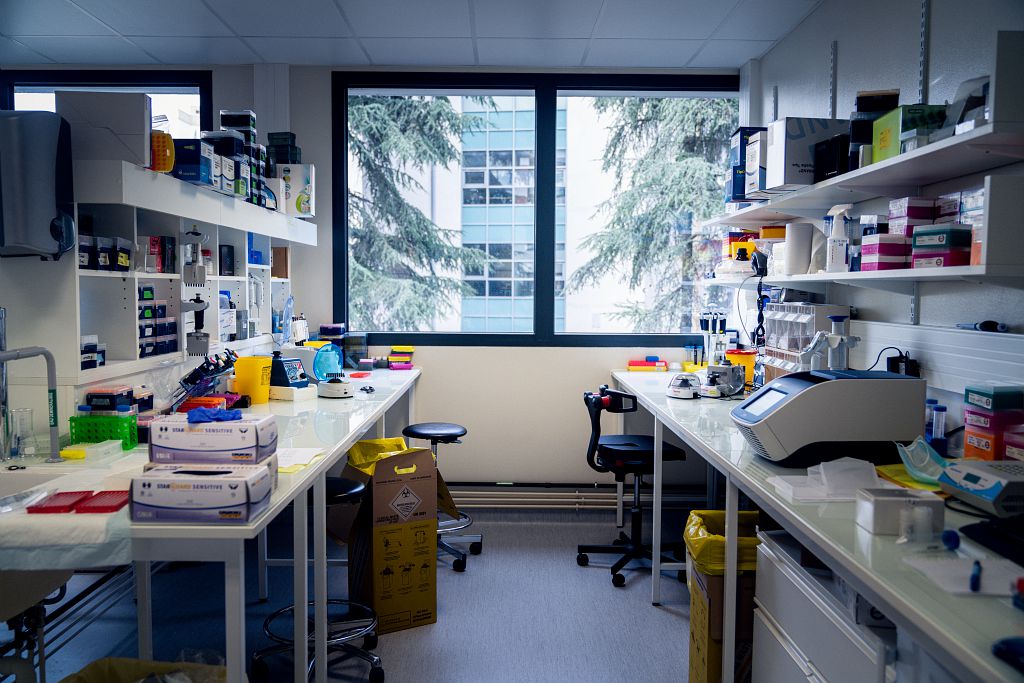Cells are seen as the basic structural, functional and biological units of all living systems. They represent the smallest units of life that can replicate independently, and are often referred to as the building blocks of life. Living organisms are then classified into unicellular ones – this is the case of most bacteria and archea – or multicellular – this is the case of animals and plants. Actually, multicellular organisms, such as for instance human, may be seen as composed of native (human) cells, but also of extraneous cells represented by the diverse bacteria living inside the organism. The proportion in the number of the latter in relation to the number of native cells is believed to be high: this is for example of 90% in humans. Multicellular organisms have thus been described also as “superorganisms with an internal ecosystem of diverse symbiotic microbiota and parasites” (Nicholson et al, Nat Biotechnol, 22(10):1268-1274, 2004) where symbiotic means that the extraneous unicellular organisms (cells) live a close, and in this case, long-term relation both with the multicellular organisms they inhabit and among themselves. On the other hand, bacteria sometimes group into colonies of genetically identical individuals which may acquire both the ability to adhere together and to become specialised for different tasks. An example of this is the cyanobacterium Anabaena sphaerica who may group to form filaments of differentiated cells, some – the heterocysts – specialised for nitrogen fixation while the others are capable of photosynthesis. Such filaments have been seen as first examples of multicellular patterning.
At its extreme, one could then see life as one collection, or a collection of collections of genetically identical or distinct self-replicating cells who interact, sometimes closely and for long periods of evolutionary time, with same or distinct functional objectives. The interaction may be at equilibrium, meaning that it is beneficial or neutral to all, or it may be unstable meaning that the interaction may be or become at some time beneficial only to some and detrimental to other cells or collections of cells. The interaction may involve other living systems, or systems that have been described as being at the edge of life such as viruses, or else genetic or inorganic material such as, respectively, transposable elements and chemical compounds.
Centre(s) inria
In partnership with
Contacts
Cecilia Navarro
News

